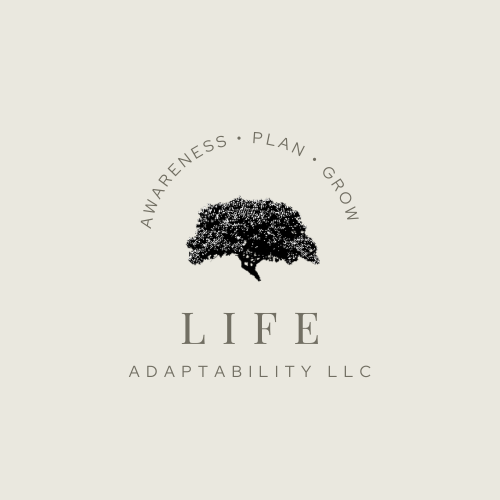Blindness Bias and It's Cost - Insights for Mental Health Professionals
/When someone with vision loss asks themselves, "Am I blind enough to use a cane or have a guide dog?" it's often the result of doubt that has crept in because of an experience and commentary they received about their sight. Maybe a mental health professional, personal friend, colleague, or stranger questioned if they were "blind enough" to warrant a cane or guide dog because they were able to see their watch or push a button somewhere. The important thing to note is that other people cannot determine this.
There is no specific number that dictates the need for a guide dog or cane.
Rather it's a matter of the ability to function safely. And that will be different for each person. Even I as a person with significant vision loss questioned if I was blind enough to have a guide dog.
I had to learn to advocate for myself and my needs. The general rule of thumb now for me is, if I understand that something would help me function better and be safer, then I am "blind enough" to warrant having and using that resource, tool, etc.
Every mental health professional needs to be aware of the subtle interactions that occur every day can impact your clients who are dealing with varying levels of vision loss. These people are often given so much conflicting feedback that they miss getting the support and reality check they need to be safe and function optimally in the world.
General guideline: If it helps someone be safe, then they need it.
Become Culturally Competent
To explore how to identify and interact with those dealing with significant vision, check out my latest cultural competency course:
https://www.adaptabilityforlife.com/cultural-competence-training



